Donja Gradina
In August 1941, Ustasha set up a labor camp in Jasenovac. Ustasha (NDH) was an ultra-fascist dictatorial party that ruled the independent state of Croatia that had arisen after Yugoslavia had been occupied by Germany and Italy in the spring of 1941. Its leader, Ante Pavelic, became a puppet of both Hitler and Mussolini. Ustasha sought a Croatia free from serbs, roma and jews and committed genocide against them, especially against the Serbs. On the other side of the Sava River (now the border between Croatia and Bosnia) is an area called Donja Gradina. Beginning in January 1942, Ustasha began bringing prisoners across the river from Jasenovac camp to Donja Gradina where they were murdered. Its proximity to Jasenovac and relative seclusion made the site suitable for systematically murdering prisoners. The few people living in Donja Gradina had been forced evacuated. There were no gas chambers in Donja Gradina, but the prisoners were murdered with weapons such as hammers, axes, bludgeons, swords, pitchforks, knives or hanged in trees. The bodies were buried in mass graves. During the first months the frost in the ground made it impossible to dig mass graves and therefore the bodies were burned in houses whose previous owners had been evacuted.
Current status: Monument (2009).
Location: 45°16'10.88"N 16°55'33.99"E
Get there: Car.
Follow up in books: Lituchy, Barry M: Jasenovac and the Holocaust in Yugoslavia (2006).
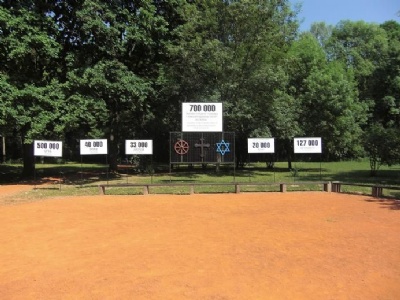

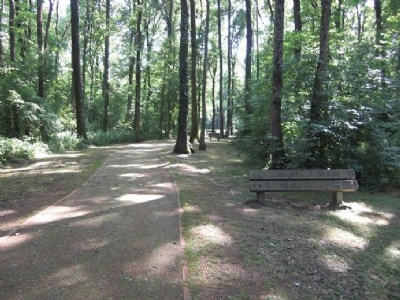
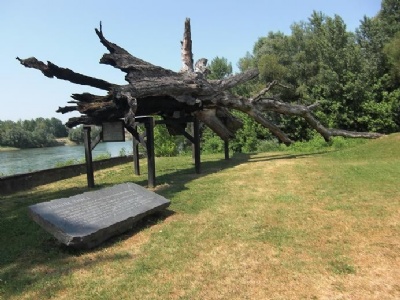

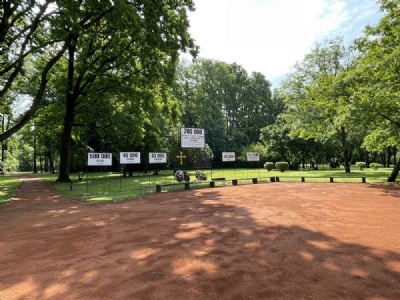
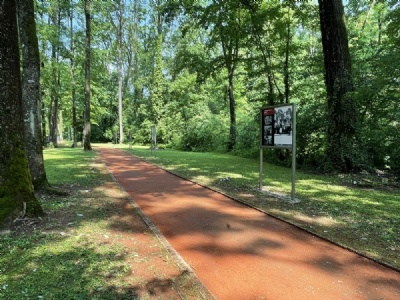
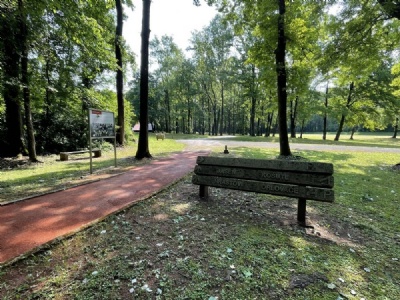


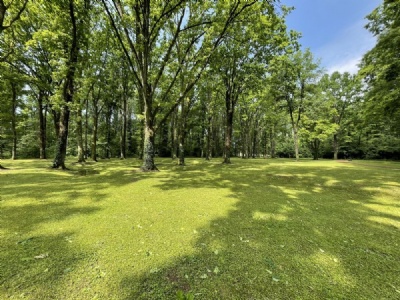


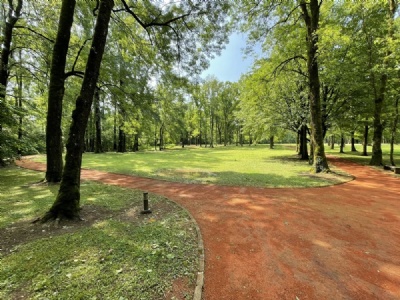
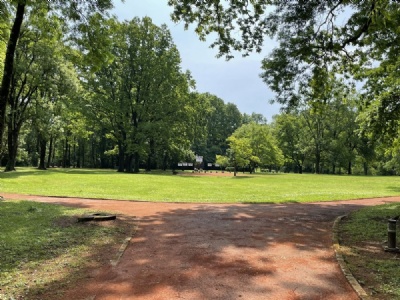
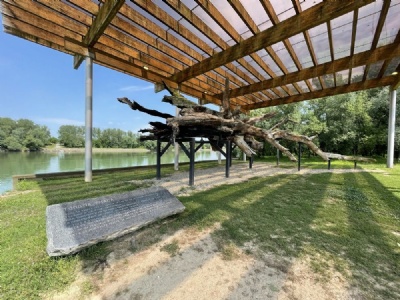
By 2025, over 120 mass graves have been discovered in Donja Gradina, all of which are spread over an area of approximately 10,000 square meters. Probably there are still graves yet to be discovered. The mass graves are marked out and bound together by paths. There are also information boards placed and the entire area is well-kept, atmospheric and it feels worthy of the tragedy that took place on the site. Donja Gradina is located on the Bosnian side of Jasenovac camp (which is on the Croatian side) and there is a big decrepancy regarding the number of victims. The museum in Jasenovac states that between 60,000 - 70,000 were killed in Donja Gradina while the museum in Donja Gradina states that about 700,000 people were killed. Of these about 500,000 Serbs. Irrespective how many were killed, one can say that Donja Gradina is a "serbian" Auschwitz.